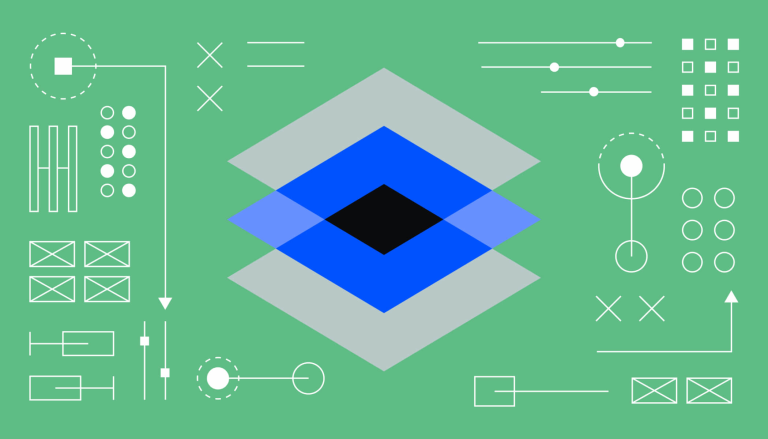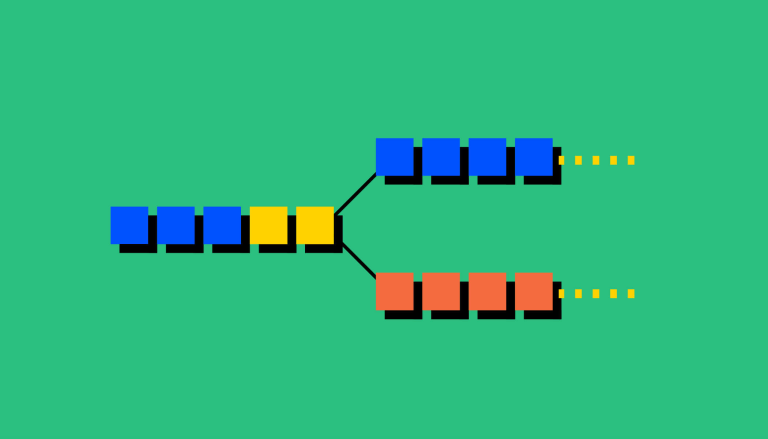What are Ethereum Layer-2 blockchains and how do they work?

TL;DR: Ethereum Layer-2 blockchains are solutions designed to enhance the scalability of the Ethereum network. They operate on top of the Ethereum blockchain (Layer-1), inheriting its security while striving to provide faster and less costly transactions. Common types of Layer-2 solutions include rollups and sidechains.
Understanding Ethereum and Its Scalability Issues
Ethereum, conceptualized by Vitalik Buterin in 2013 and launched in 2015, is a decentralized network that maintains a shared database capable of executing smart contracts. These self-executing agreements have paved the way for decentralized applications (dApps), resulting in increased use of Ethereum. However, this growth has also highlighted scalability issues, such as high transaction fees, network congestion, and slow transaction times during periods of high network activity.
What is Layer-2?
Layer-2 refers to any off-chain network, system, or technology built on top of a blockchain (commonly known as a Layer-1 network) that strives to extend the capabilities of the underlying base layer network. Layer-2 solutions inherit the security of the blockchain they are built on top of, with transaction data verified and confirmed by the underlying blockchain network. They strive to increase transaction throughput, with the intention of reducing fees, without compromising on decentralization or security.
The Need for Layer-2 Solutions
The blockchain scalability trilemma posits that blockchains are incapable of scaling effectively while keeping the underlying network both secure and decentralized. Instead, there must be tradeoffs between these three features. Layer-2 solutions are built on the premise that this scalability limitation exists because blockchains are tasked with too many things. By sharing the burden of transaction processing, Layer-2 solutions are designed to address these scalability issues.
Types of Ethereum Layer-2 Solutions
Common types of Layer-2 solutions on Ethereum include optimistic rollups and Zero-Knowledge rollups (ZK rollups). Optimistic rollups and ZK rollups are considered secure, as they inherit the Ethereum mainnet’s security. The Ethereum Virtual Machine (EVM) compatibility of optimistic rollups makes it convenient for developers to migrate existing smart contracts from Ethereum to optimistic rollup blockchains. Zero-knowledge Ethereum Virtual Machines (zkEVMs) can provide the scalability benefits of both zero-knowledge proofs and EVM compatibility.
Layer-2 Solutions and the Future of Ethereum
Layer-2 solutions are considered a component in the future scalability of Ethereum. By providing a faster, less costly route for executing Ethereum transactions, they are designed to address the current issues of high transaction fees and network congestion. As the Ethereum ecosystem continues to grow and evolve, the role of Layer-2 solutions may become more prominent.


